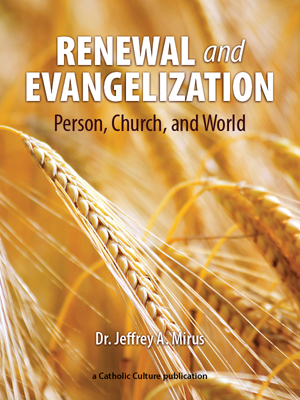St. Anthony’s Bread
By Jennifer Gregory Miller ( bio - articles - email ) | Jun 12, 2015 | In The Liturgical Year
It might come as a surprise to some who attended Mass on June 13 in 2015 that since there are two obligatory memorials that fell on this Saturday, they are treated as optional memorials for the day. The celebrant of the Mass could choose either St. Anthony of Padua which always falls on June 13, or the Immaculate Heart of Mary, which is celebrated the Saturday following the Solemnity of the Sacred Heart. Both feasts have equal rank, and it depends on the priest and the parish community which one will be chosen (i.e., a parish served by Franciscans will certainly honor St. Anthony).
St. Anthony of Padua was called a “Miracle Worker” and many miracles have been attributed to him during his life and since his death. It seems everyone, even non-Catholics, knows of his reputation as an intercessor in finding lost items. Many a person has invoked St. Anthony for help, either in the polite form:
Dear St. Anthony, please come around.
Something’s been lost and can’t be found.
or perhaps the more informal request:
Tony, Tony, come around.
Something’s lost and can’t be found.
But asking for his help is only one part of the prayer. St. Anthony was truly generous in helping the poor in his life, and his work continues in his name and intercession. He wants to help us, but in return, we should help the poor either by praying or helping with alms.
When our family moved to Virginia in 1986, we discovered a Catholic devotion to St. Anthony. On St. Anthony’s feast day the altar would have a statue of St. Anthony surrounded by a multitude of small loaves of bread. After Mass, the priest would bless them and distribute one loaf per family, inviting us all to share this bread in memory of St. Anthony and in turn help the poor as he did. Sadly, our parish did this only a few years.
St. Anthony’s Bread is an expression of devotion reminding of St. Anthony’s love and aid to the poor when he was alive. The tradition dates back to the 13th century, stemming from a story when a young child fell into a barrel of water and drowned. The mother begged St. Anthony to help, promising to donate grain the weight of her child to the poor if her daughter was restored. The child arose as if only asleep. Thus began the tradition of promising and giving alms to the poor for favors answered through St. Anthony’s intercession.
The actual name of “St. Anthony’s Bread” originated from a the story of a French woman named Louise Bouffier in 1890, who promised loaves of bread for the poor when St. Anthony helped her with opening the broken lock of her small linen shop. After his help, her shop was the basis of St. Anthony’s Bread, where she generously fed the poor with loaves of bread in St. Anthony’s name.
In modern times, the term “St. Anthony’s Bread” often refers merely to the money collected for the poor in St. Anthony’s name and there is no actual bread exchanged. The money given to the poor will help them buy food.
There is no specific type of bread that is necessary to use. In my experience it was just mini loaves of white bread. For the bread, there is a blessing found in the Franciscan liturgical books:
Heavenly Father,
we praise you and give you glory for the gift of bread,
fruit of the earth, work of human hands and source of our daily nourishment.
Bless + this bread in honor of St. Anthony.
Teach us to share all your gifts with the poor, the forsaken and the hungry.
All praise be to you through Jesus Christ, our Savior,
in the unity of the Holy Spirit, one God, for ever and ever.
R. Amen.
St. Anthony’s Bread is an example of a sacramental of the church, summarized in the Catechism of the Catholic Church:
1677 Sacramentals are sacred signs instituted by the Church. They prepare men to receive the fruit of the sacraments and sanctify different circumstances of life.
I remember taking the St. Anthony’s Bread home after morning Mass and sharing it at dinner with my parents and six siblings. We often claim St. Anthony as our family saint, and were so excited to find another dimension to his devotion. The sacramental became a source of discussion, learning more about St. Anthony and his works, this devotion and how it all applied to us.
The main lesson of St. Anthony’s Bread is balancing our prayers. There is intercessory prayers, asking for something, but there needs to be prayers of thanksgiving. St. Anthony of Padua is very generous especially from heaven. He intercedes for us even in seemingly little things to help us. But in turn, he wants us to help our brothers and sisters on earth, especially those less fortunate, with prayers and almsgiving. So often prayers become unbalanced with always asking for something, but never returning in gratitude (like nine of the ten lepers).
I don’t know who was the baker (or bakers) of all those loaves of St. Anthony’s Bread, but I have always been grateful for the generosity and work that provided the mini-loaf of St. Anthony’s Bread.
St. Anthony of Padua, pray for us!
All comments are moderated. To lighten our editing burden, only current donors are allowed to Sound Off. If you are a current donor, log in to see the comment form; otherwise please support our work, and Sound Off!









